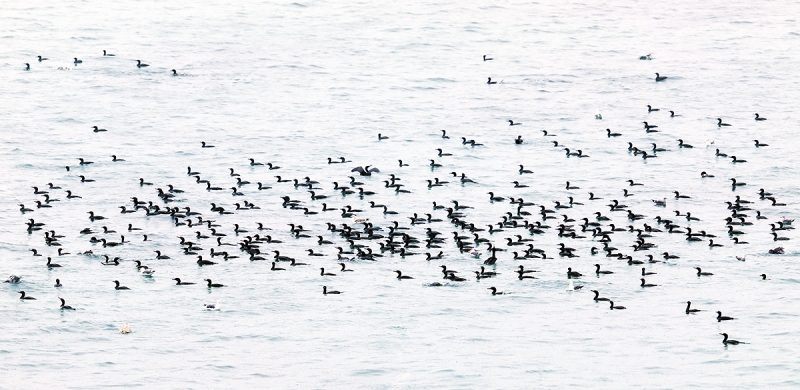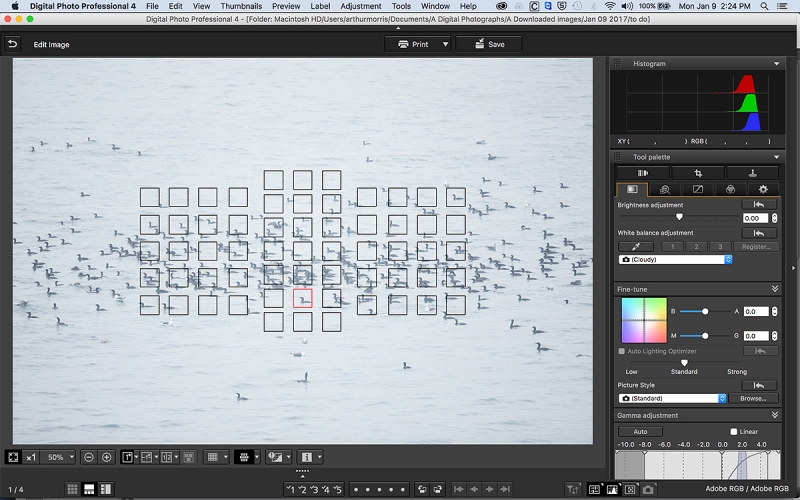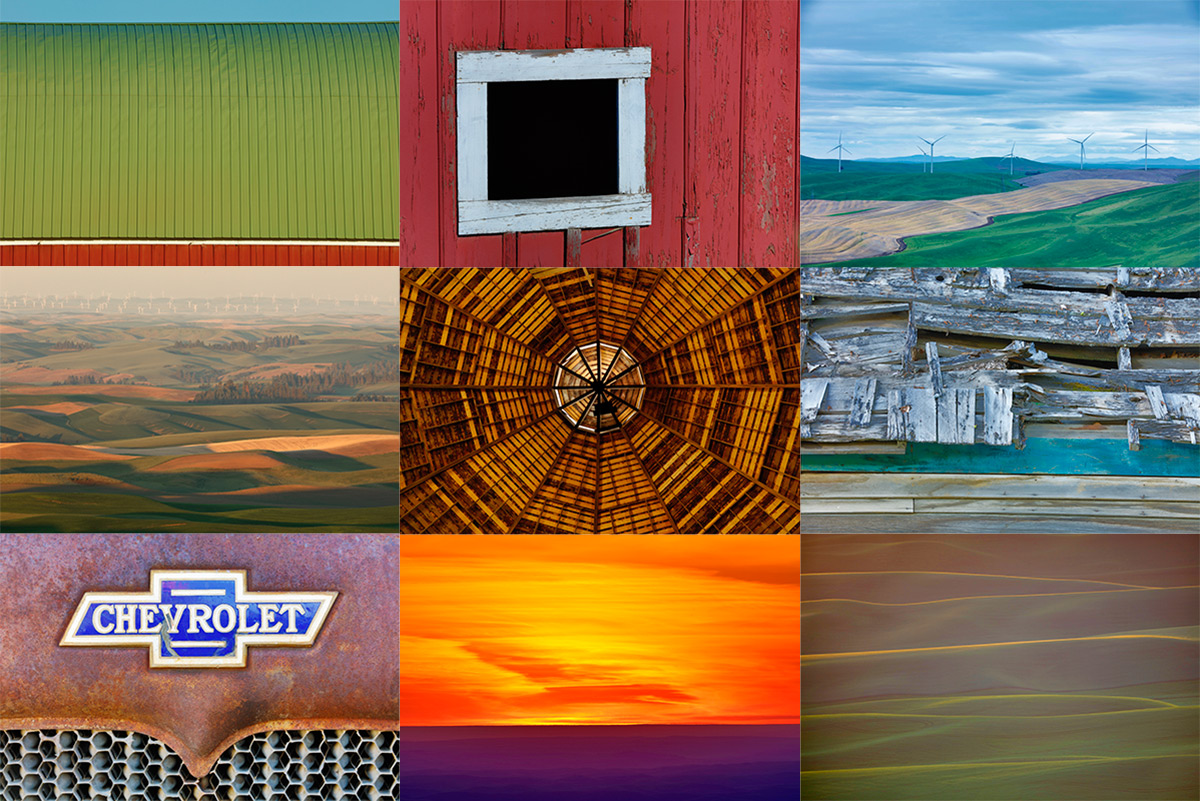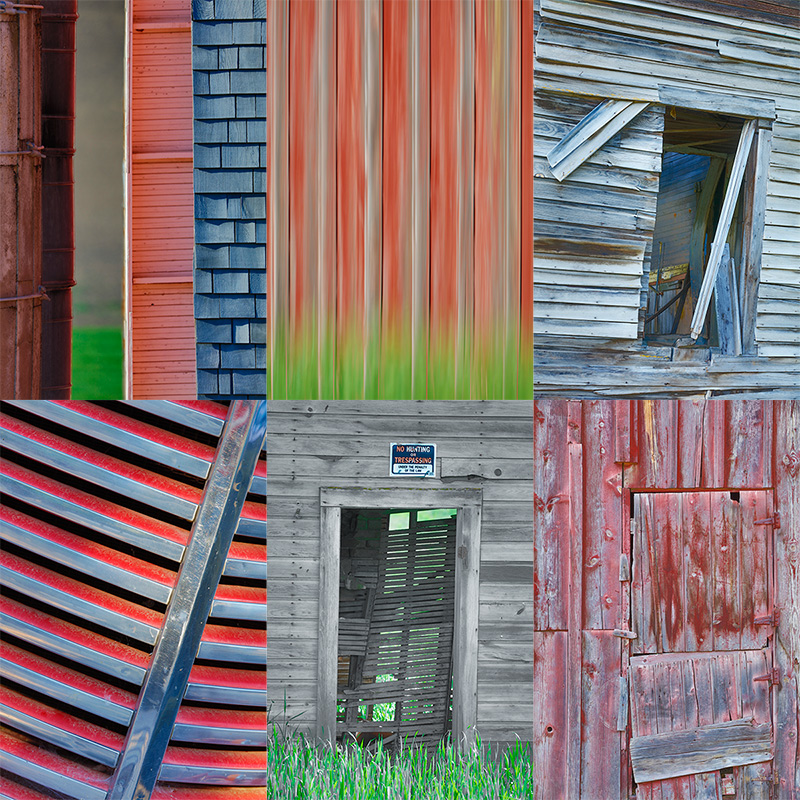What’s Up?
When I left the hotel on Tuesday morning it was very foggy. Surprise, surprise. When I got to La Jolla it was clear with some light clouds on the eastern horizon. There were some pelicans on the cliffs and with everyone staying back, there were about 100 of the big birds by 7:45am. The light was gorgeous and it turned out to be one of my best ever pelican mornings. Used only my Canon gear.
Gear Questions and Advice
Too many folks attending BAA IPTs and dozens of folks whom I see in the field, and on BPN, are–out of ignorance–using the wrong gear, especially when it comes to tripods and more especially, tripod heads… Please know that I am always glad to answer your gear questions via e-mail.
The Streak: 425!
Today’s blog post marks a totally insane, irrational, illogical, preposterous, absurd, completely ridiculous, unfathomable, silly, incomprehensible, what’s wrong with this guy?, makes-no-sense, 425 days in a row with a new educational blog post. As always–and folks have been doing a really great job recently–please remember to use our B&H links for your major gear purchases. For best results use one of our many product-specific links; after clicking on one of those you can continue shopping with all subsequent purchases invisibly tracked to BAA. Your doing so is always greatly appreciated. Please remember: web orders only. And please remember also that if you are shopping for items that we carry in the new BAA Online Store (as noted in red at the close of this post below) we would of course appreciate your business.
|
This image was created at La Jolla, CA with the Induro GIT 304L/Mongoose M3.6-mountedCanon EF 500mm f/4L IS II USM lens and my favorite bird photography camera, the Canon EOS 5D Mark IV. ISO 800. Evaluative metering +2 stops: 1/60 sec. at f/4 in TV mode. Cloudy WB. Three AF points to the right and two rows up from the center AF point/AI Servo Expand/Rear Focus AF as framed was active at the moment of exposure (as is always best when hand holding). The selected AF point was just in front of and just below the bird’s eye. Click here to see the latest version of the Rear Focus Tutorial. Click on the image to see a larger version. Cormorant feeding spree |
Photographing Birds at La Jolla in the Rain: Part II
At one point on Monday morning I looked up from the few pelicans and saw a large feeding spree of cormorants and gulls a bit offshore. I removed my TC and made a few images. I even tried a few 5-frame multiple exposures. It was really cool how the shape kept changing. The light, however, was expectedly dismal. What to do?
A DPP 4 Screen Capture for today’s featured image |
Can You Say Dreary?
The DPP 4 Screen Capture for today’s featured image gives you an idea of the dismal conditions and the dreary light. The image that you see above represents the RAW file without any adjustments. I converted the image straight up and brought the still dreary TIFF file into Photoshop. I used the Patch Tool and the Clone Stamp Tool to eliminate a few extraneous birds. I played around with the color a bit but was still not thrilled.
Then I set the black point in Levels. That helped a bit but I was not thrilled. I was going to try Auto Contrast but when I got to the drop-down menu under Image I decided to experiment with Auto Color. On a duplicate layer of course. Bingo! It looked so good that I left it at 100%. Just to learn more, I tried Auto Tone. The results were quite similar to Auto Color, so close in fact, that the two images were hard to distinguish. The good news? You and I now have two new arrows in our Photoshop quivers. (Note: De-haze in ACR would have done a similar good job.)
ID Quiz
Where in the frame are the three Heerman’s Gulls? Where in the frame is the probable 1st winter Glaucous-winged Gull?
Image Settings Quiz
1-Why TV mode?
2-Why 1/60 sec.?
3-Why +2 EC?
4-How’s the histogram?
Palouse 2016 Horizontals Card |
Why Different?
Announcing the 2017 BIRDS AS ART Palouse Instructional Photo-Tour
In what ways will the 2017 BIRDS AS ART Palouse Instructional Photo-Tour be different from the most other Palouse workshops?
There are so many great locations that a seven-day IPT (as opposed to the typical three- or five-day workshops) will give the group time to visit (and revisit) many of the best spots while allowing you to maximize your air travel dollars. In addition, it will allow us to enjoy a slightly more relaxed pace.
You will be assured of being in the right location for the given weather and sky conditions.
You will learn and hone both basic and advanced compositional and image design skills.
You will learn to design powerful, graphic images.
You will visit all of the iconic locations and a few spectacular ones that are much less frequently visited.
You will learn long lens landscape techniques.
You will learn to master any exposure situation in one minute or less.
You will learn the fine points of Canon in-camera (5D Mark III, 5DS R, and 7D II) HDR techniques.
You will be able to share a variety of my exotic Canon lenses including the Canon EF 11-24mm f/4L USM lens and the Canon EF 8-15mm f/4L Fisheye USM lens, aka the “circle lens.”
You will learn to use your longest focal lengths to create rolling field and Urbex abstracts.
You will learn when and how to use a variety of neutral density filters to create pleasing blurs of the Palouse’s gorgeous rolling farmlands.
As always, you will learn to see like a pro. You will learn what makes one situation prime and another seemingly similar one a waste of your time. You will learn to see the situation and to create a variety of top-notch images.
You will learn to use super-wide lenses both for big skies and building interiors.
You will learn when, why, and how to use infrared capture; if you do not own an infrared body, you will get to borrow mine.
You will learn to use both backlight and side-light to create powerful and dramatic landscape images.
Palouse 2016 Verticals Card |
The 2017 BIRDS AS ART Palouse Instructional Photo-Tour
June 8-14, 2017. Seven full days of photography. Meet and greet at 7:30pm on Wednesday, June 7: $2,499. Limit 10/Openings: 7.
Rolling farmlands provide a magical patchwork of textures and colors, especially when viewed from the top of Steptoe Butte where we will enjoy spectacular sunrises and at least one nice sunset. We will photograph grand landscapes and mini-scenics of the rolling hills and farm fields. I will bring you to more than a few really neat old abandoned barns and farmhouses in idyllic settings. There is no better way to improve your compositional and image design skills and to develop your creativity than to join me for this trip. Photoshop and image sharing sessions when we have the time and energy…. We get up early and stay out late and the days are long.
Over the past three years, with the help of a friend, we found all the iconic locations and, in addition, lots of spectacular new old barns and breath-taking landforms and vistas. What’s included: In-the-field instruction, guidance, lessons, and inspiration, my extensive knowledge of the area, all lunches, motel lobby grab and go breakfasts, and Photoshop and image sharing sessions. As above, there will be a meet and greet at 7:30pm on the evening before the workshop begins.
To Sign Up
Your non-refundable deposit of $500 is required to hold your spot. Please let me know via e-mail that you will be joining this IPT. Then you can either call Jim or Jennifer at 863-692-0906 during business hours to arrange for the payment of your deposit; if by check, please make out to “BIRDS AS ART” and mail it to: Arthur Morris/BIRDS AS ART, PO Box 7245, Indian Lake Estates, FL, 33855. If you have any questions, please feel free to contact me via e-mail: artie.
Travel Insurance Services offers a variety of plans and options. Included with the Elite Option or available as an upgrade to the Basic & Plus Options. You can also purchase Cancel for Any Reason Coverage that expands the list of reasons for your canceling to include things such as sudden work or family obligation and even a simple change of mind. You can learn more here: Travel Insurance Services. Do note that many plans require that you purchase your travel insurance within 14 days of our cashing your deposit check. Whenever purchasing travel insurance be sure to read the fine print carefully even when dealing with reputable firms like TSI.
Please Remember to use my Affiliate Links and to Visit the New BAA Online Store 🙂
To show your appreciation for my continuing efforts here, we ask, as always, that you get in the habit of using my B&H affiliate links on the right side of the blog for all of your photo and electronics purchases. Please check the availability of all photographic accessories in the New BIRDS AS ART Online Store, especially the Mongoose M3.6 tripod head, Wimberley lens plates, Delkin flash cards and accessories, and LensCoat stuff.
As always, we sell only what I have used, have tested, and can depend on. We will not sell you junk. We know what you need to make creating great images easy and fun. And please remember that I am always glad to answer your gear questions via e-mail.
I would of course appreciate your using our B&H affiliate links for all of your major gear, video, and electronic purchases. For the photographic stuff mentioned in the paragraph above, and for everything else in the new store, we, meaning BAA, would of course greatly appreciate your business. Here is a huge thank you to the many who have been using our links on a regular basis and those who will be visiting the New BIRDS AS ART Online Store as well.
Be sure to like and follow BAA on Facebook by clicking on the logo link upper right. Tanks a stack.
Typos
In all blog posts and Bulletins, feel free to e-mail or to leave a comment regarding any typos or errors. Just be right :).


















Hi, Artie. Thanks for the tips and good image. let me ask you one: Where in the frame is the brown pelican (Pacific race)?
I can’t answer all your questions. I see quite a few gulls–maybe 8-10 altogether?–in the image but nothing that stands out to me as a Heermann’s gull. There were a few gulls that have plumage like herring gulls, so those likely are the glaucous-winged gulls; one prominent one in the lower right, not in the corner; one also in the lower left, again not in the corner. Exposure. You were at ISO 800, your lens was at maximum aperture, you don’t like to shoot at higher ISOs, you were at plus 2 EC, and there wasn’t a lot of light, so you really couldn’t shoot any faster than 1/60 second. There wasn’t a lot of movement and so that was OK. Plus 2 EC because you were photographing birds against a relatively bright background of light reflected off the water. Similar to what you’d have done photographing a flying bird against a gray sky.
Now that you are back to using your Canon gear, did you get a chance to test the Fuji camera with birds in flight? How was the tracking, etc. I just bought this camera/lens for my wife for Christmas, so i am very interested in your testing and analysis.
See the coming post. In short, it was difficult at best.
a
ps: I will be posting a complete review with my overall evaluation soon after I get back home.
Amazing job on the conversion from RAW. Noticed the running title is regarding Brown Pelican, perhaps a copy/paste item?
To me it seems the heermann’s gulls are in the right part of the frame ?
Wilfred
Oh, and the glacous-winged seems to be at left bottom corner of the frame although not sure at all…
Hey Artie, the caption for the first photo says “Brown Pelican (Pacific race) in rain” but I’m pretty sure those are double-crossed cormorants in the water.
Should’ve read “…double-crested cormorants & gulls”
You are correct sir. Just a cut and paste error 🙂
Thanks for your excellent help saving the blog and the streak!
a
Looking forward for the correct answers.
I am not sure if I get these one correct, but here goes
————————————————————————————————
Where in the frame are the three Heerman’s Gulls?
All three on the right side of the frame. One to the edge of the frame, one right side bottom and another just left to first one.
Where in the frame is the probable 1st winter Glaucous-winged Gull?
Left side bottom, close to center.
1-Why TV mode?
Don’t know. May be you set it to capture pleasing blur if they take off.
2-Why 1/60 sec.?
Don’t know. May be we set it capture pleasing blur if they take off.
3-Why +2 EC?
As it was cloudy and scene averages close to white. The more it averages to the lighter side, the more we need to add Exposure Compensation
4-How’s the histogram?
Exposed to the right. So histogram looks good to me.